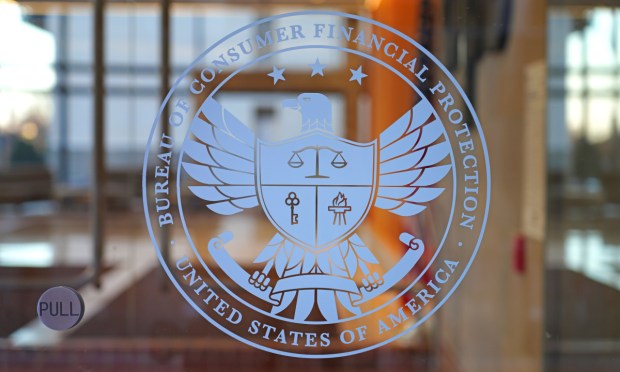Smaller Banks Warn of ‘Significant Impact’ From CFPB’s Proposed Overdraft Fee Regulation

The calendar has barely turned to a new year — and the Consumer Financial Protection Bureau (CFPB) has already had a fair share of criticism.
The most recent volley against the Bureau came Wednesday (Jan. 3), as the American Bankers Association, in tandem with the Independent Community Bankers of America and America’s Credit Unions — representing the nation’s smaller financial institutions (FIs) — issued a letter to CFPB Director Rohit Chopra.
In that letter, the associations contended that looming new rulemaking would reshape how overdraft and NSF fees are regulated, and said the CFPB has not assessed the economic impact of rulemaking on credit unions and community banks, a process mandated by the Dodd-Frank Act.
A Blanket Effect?
“If the Bureau intends to use its authority to regulate unfair, deceptive or abusive acts and practices to prohibit charging NSF fees under certain circumstances, that prohibition will apply to all banks and credit unions, regardless of asset size,” the letter stated. “Any rule issued by the Bureau on overdraft or NSF fees will have a significant impact on a substantial number of institutions with assets of $850 million or less,” though the impact was not quantified in the missive.
In a 2021 report, the CFPB estimated that roughly 93% of smaller banks and about 61% of credit unions had an overdraft program reporting that “while overdraft and NSF fees were 13% to 19% lower at small banks and credit unions than at large banks, credit unions and small banks with an overdraft program earned $42.33 and $40.37 in annual overdraft revenue per account, respectively, which was just 6% and 11% less than large banks.” And in a separate release from this past October, the CFPB noted, “Among credit unions with over $10 billion in assets, 16 of 20 continue to charge NSF fees, including four of the five largest.”
In recent months, we’ve seen the reliance on overdraft fees plunge by double-digit percentage points. But the pressures carry a bit of double-edged sword, we note, as the revenue streams dry up. As detailed in a research paper issued by the Federal Reserve Bank of New York, the findings were that overdraft fee caps hinder financial inclusion, as banks reduce overdraft coverage and deposit supply.
And elsewhere, PYMNTS research has shown that overdrafts are used strategically by many consumers — and can provide a bridge to making sure that access to critical services and goods is intact. The data show that in the past year, for example, 20% of consumers used overdrafts due to insufficient funds in their bank accounts, with nearly half of credit marginalized consumers experiencing these situations. And the use of overdraft extends to the corporate realm, as well. Joint research via PYMNTS Intelligence and Visa has found that about 14% of middle-market companies have been using overdrafts as a working capital solution as they seek to smooth the ebbs and flows of daily cash flow management.

